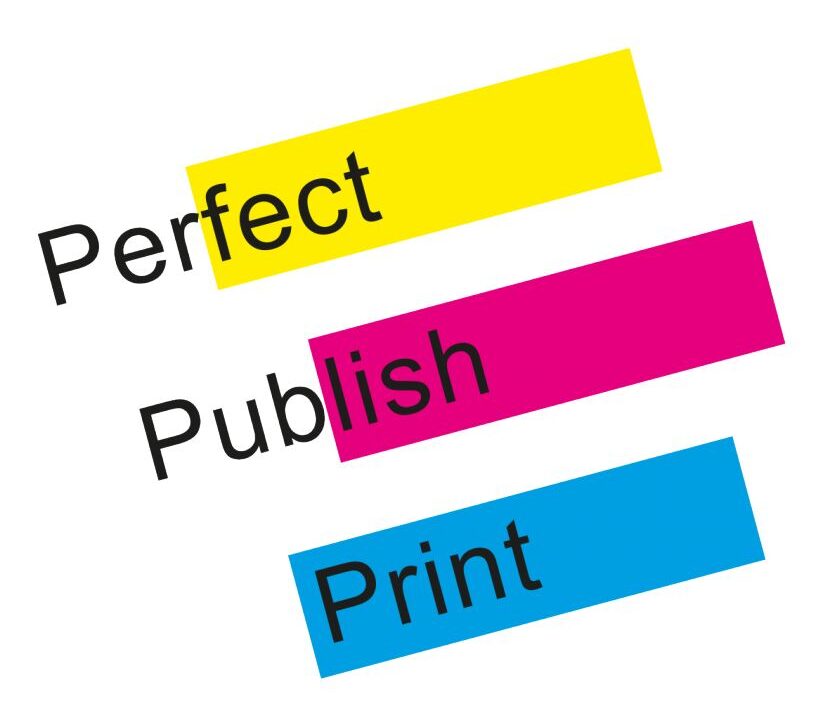Table of Contents
- Introduction
- Why Book Binding Matters
- Types of Book Binding
- Comb Binding: Advantages and Use Cases
- Coil Binding: Advantages and Use Cases
- Perfect Binding: Advantages and Use Cases
- Hardcover vs Softcover: Choosing the Right Option
- Factors to Consider When Selecting Binding
- Working with Professional Printing Services
- Conclusion
Introduction
Choosing the right book binding is essential to ensure your book not only looks professional but also withstands frequent handling. The binding method affects the book’s durability, usability, and overall aesthetic appeal. Whether you are printing a corporate report, a school project, or a self-published novel, selecting the right binding ensures your work makes the desired impression on readers.

This guide explores various book binding options, their advantages, and practical considerations to help authors, creators, and businesses make informed choices. Understanding these options also ties in with broader guidance provided in How to Successfully Publish Your First Book and Hardcover vs Softcover: Which Book Printing Option Is Best for You.
Why Book Binding Matters
Book binding is more than just holding pages together; it impacts:
- Durability – A strong binding ensures pages do not tear or fall out.
- User Experience – Easy-to-flip pages improve reading comfort.
- Aesthetic Appeal – The right binding enhances the professional look of your book.
- Brand Perception – For corporate books or portfolios, high-quality binding reflects positively on your brand.
Investing time in choosing the correct binding method helps protect your investment and ensures the book communicates the intended quality to readers.
Types of Book Binding
Several book binding methods are commonly used depending on the type of project, quantity, and budget. The main options include:
- Comb Binding
- Coil Binding
- Perfect Binding
- Hardcover Binding
- Softcover Binding
Each method has distinct advantages and use cases, which will be discussed in detail.
Comb Binding: Advantages and Use Cases
Comb binding uses a plastic spine with multiple teeth inserted through punched holes along the edge of the pages.
Advantages:
- Cost-effective and quick to produce
- Allows books to lay flat when open
- Easy to add or remove pages
Use Cases:
- School or office reports
- Manuals and training guides
- Short-term projects where frequent updates may be required
Comb binding is particularly suitable for projects that need flexibility in updating content or easy handling during meetings and presentations. For practical guidance on budget-friendly options, see Comb Binding Solutions: Budget-Friendly Binding for Office & School Projects.
Coil Binding: Advantages and Use Cases
Coil binding uses a spiral or wire coil threaded through punched holes, offering flexibility and durability.
Advantages:
- Flexible and easy to flip pages completely around
- More durable than comb binding
- Suitable for books of various thicknesses
Use Cases:
- Workbooks and planners
- Recipe books and manuals
- Documents requiring frequent handling
Coil binding provides a professional yet practical solution for users who need durability and flexibility without the bulk of hardcover options.
Perfect Binding: Advantages and Use Cases
Perfect binding glues the pages directly to the spine of the cover, producing a smooth, clean edge.
Advantages:
- Sleek, professional appearance
- Durable for thicker books
- Supports full-color cover designs
Use Cases:
- Novels, magazines, and catalogs
- Self-published books intended for retail
- Corporate reports and brochures
Perfect binding is ideal for creating books that are intended to impress readers and clients while providing durability and a polished appearance. It pairs well with both hardcover and softcover options for maximum versatility.
Hardcover vs Softcover: Choosing the Right Option
Selecting between hardcover and softcover depends on purpose, budget, and intended presentation.
- Hardcover: Provides maximum protection, conveys premium quality, and is ideal for corporate publications or keepsake editions.
- Softcover: More affordable, lightweight, and suitable for educational, promotional, or smaller-scale self-published books.
Comparing both options can help determine which aligns with your project goals and budget, as detailed in Hardcover vs Softcover: Which Book Printing Option Is Best for You.
Factors to Consider When Selecting Binding
When choosing a binding type, consider:
- Book Thickness – Some binding methods are better for thin books, others for thick volumes.
- Durability Needs – Will the book be handled frequently?
- Aesthetic Requirements – Do you want a professional, premium look or a practical, functional finish?
- Budget – High-end bindings like hardcover are more costly than comb or coil options.
Balancing these factors ensures your book meets both functional and visual expectations.
Working with Professional Printing Services
Professional printing services provide expertise in binding selection, paper quality, and finishing options.
- Consultation – Discuss your project needs and budget to select the best binding.
- Proofing – Request a sample to evaluate how the binding performs and looks.
- Support – Experienced printers can recommend options that maximize durability and aesthetics.
Working with professional services also ensures your book complements other publishing decisions covered in How to Successfully Publish Your First Book.
Conclusion
Choosing the right book binding is a key step in producing a high-quality, professional book. From cost-effective comb binding for school projects to premium hardcover for corporate publications, each method serves specific purposes.
By considering durability, usability, aesthetics, and budget, authors and creators can select a binding method that enhances both the reading experience and the book’s overall presentation. Linking your binding choice with professional printing guidance ensures your project achieves its full potential and leaves a lasting impression.
